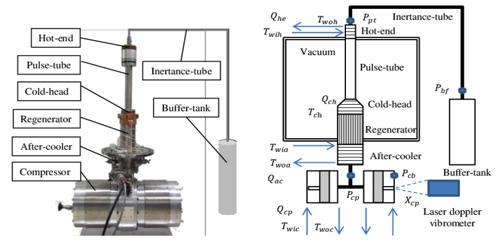New research confirms a theoretical prediction that subatomic particles have a homing sense when order breaks down. After being nudged away from solid structures, particles migrate return to the safety of their beginning positions. Intuitively, we conceive of disordered systems as ones in which objects move around a lot, as opposed to rigid stasis or order – think of how a schoolroom moves with and without a teacher there.
Quantum physics, on the other hand, continues to mock our intuitions, as Philip Anderson demonstrated in 1958 that when disorder rises high enough, electrons become more spatially limited, never traveling far from where they were before the disorder rose.
Anderson’s work contributed to the understanding of poor electricity conduction in disordered systems, but it also contained the “quantum boomerang effect,” which was acknowledged in 2019. When particles are moved away in disordered systems, they revert to their original places. A new publication in Physical Review X, published 64 years after Anderson’s paper, has proven this.
According to Dr. David Weld of the University of California, Santa Barbara, the effect is actually misnamed. If your catching skills are inadequate, a boomerang will continue to fly by you. In a disordered system, however, a pushed electron behaves more like a dog than a boomerang, reliably returning to and stopping at its beginning place (assuming that’s where its person is).
In an ordered system, however, the electron will either continue to move or collide with an atom and be caught. To verify the effect’s validity Weld and his co-authors cooled 100,000 lithium atoms to a Bose-Einstein condensate and observed the atoms’ movements rather than the far more difficult to track electrons. The team used Heisenberg’s famous quantum link between momentum and position to look for restoration of movement rather than position.
When a sequence of 25 laser pulses increased the momentum of the electrons, they swiftly reverted to their previous state. From a classical perspective, this may sound familiar — we’re used to momentum being lost due to friction. In the quantum realm, however, this is not the case. The loss of momentum, on the other hand, is an illustration of the atoms’ wave-like behavior.
The boomerang effect was predicted to occur only under particular conditions, and the authors validated this by discovering that the effect is dependent on the regularity of the laser pulses, and that it breaks down when this is changed. According to co-author Professor Patrizia Vignolo of the Universite Cote d’Azur, the findings precisely match expectations, which is not a safe bet for fresh quantum experiments. According to the research, “Boomerang phenomena in higher-dimensional systems… more exotic initial states, and the presence or absence of many-body boomerang effects in interacting systems” are just the beginning.
















